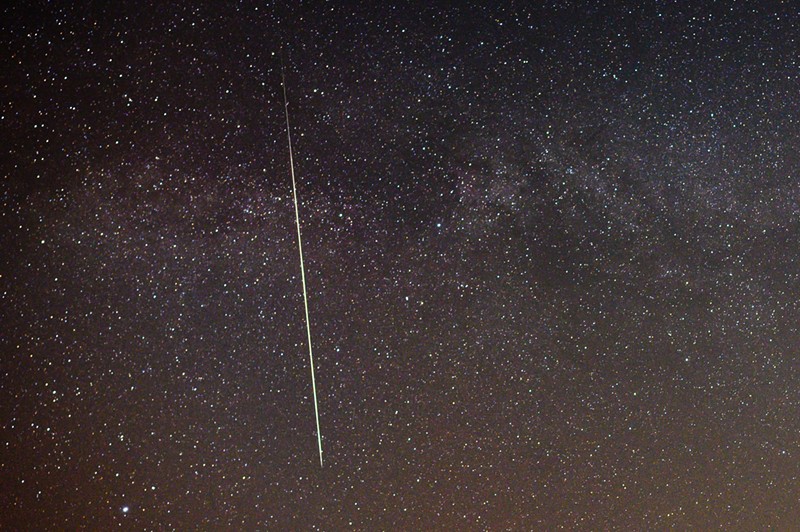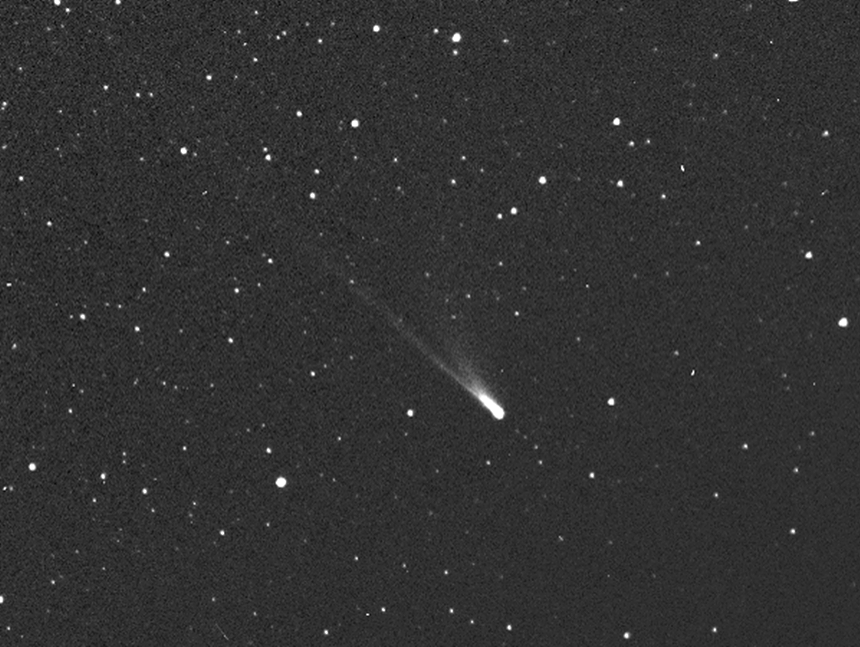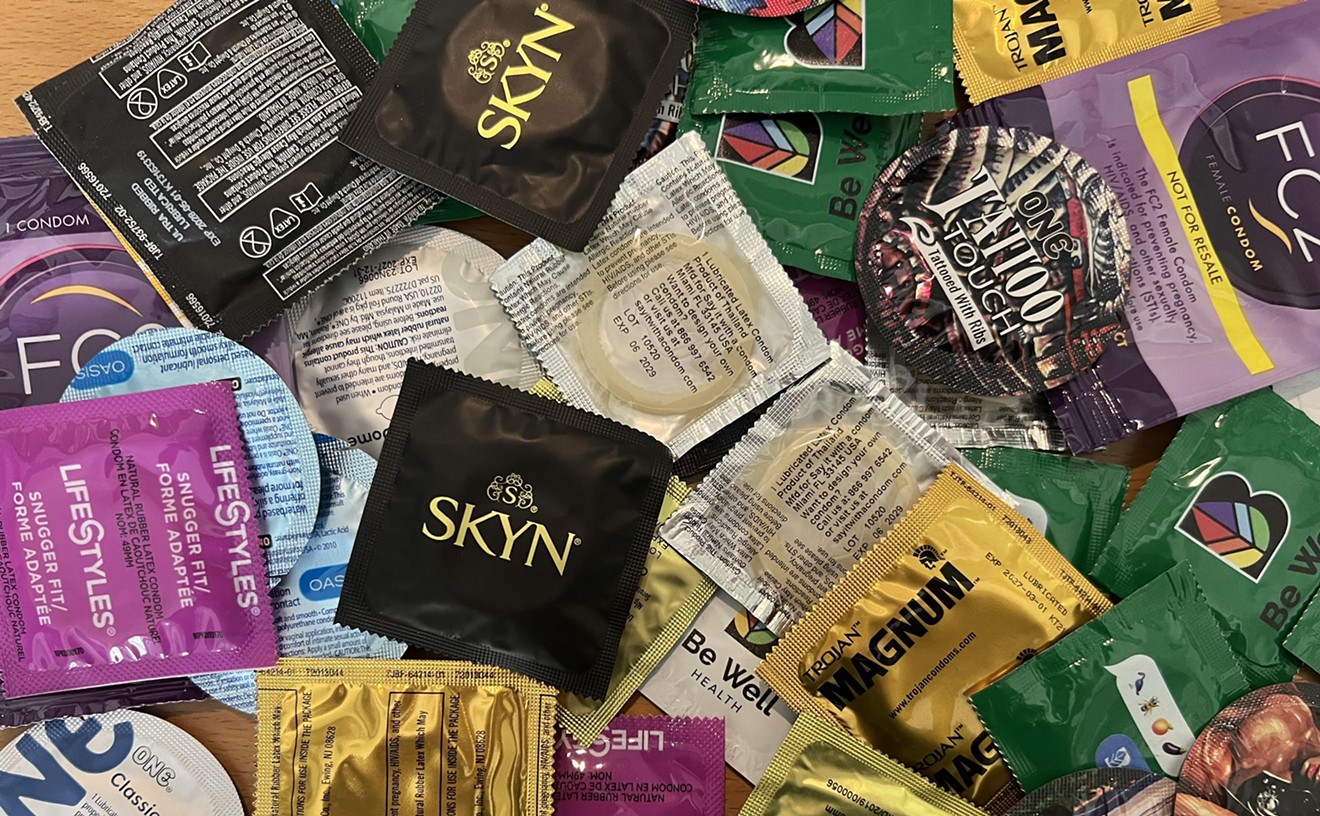First up are the Delta Aquariids, which occur from late July to mid-August. While admittedly one of the milder meteor showers of the summer, it still produces a steady stream of shooting stars each night before peaking on July 28 and 29.
The Delta Aquariids, so named for the fact they appear to originate from the constellation Aquarius, consist of remnants of Comet 96P/Machholz and produce between 10 to 20 meteors per hour during their peak. (They also coincide with the Alpha Capricornids, another mild meteor shower that occurs from late July to mid-August.)
If you’d like to know when and where to see the Delta Aquariids meteor shower, here are all the details and some viewing tips. Consider it a warmup for the Perseids meteor shower next month, the main event of summertime skywatching.
What causes the Delta Aquariids meteor shower?
The meteor shower — also known as the Southern Delta Aquariids — occurs when Earth passes through debris left behind by Comet 96P/Machholz. When fragments of ice and rock from the comet enter our atmosphere, they burn up and cause visible streaks of light in the sky. Why are they also called the Southern Delta Aquariids?
Because they’re best viewed in either the Southern Hemisphere or the southern latitudes of the Northern Hemisphere, according to NASA. The Delta Aquariids can still be seen in Arizona, though the meteors tend to be fainter. When can you see the Delta Aquariids meteor shower in Arizona?
The Delta Aquariids occur nightly through mid-August. They’ll peak during the evening of July 29 into the morning hours of July 30 with anywhere from 10 to 20 meteors visible per hour. That said, you’ll also be able to see a significant number of meteors from the Delta Aquariids a few nights before and after their peak.
What time is the meteor shower tonight in Arizona?
The best time to look for meteors from the Delta Aquariids is during the early morning hours before dawn, typically from 2 to 4 a.m.Where should you look to see the Delta Aquariids meteor shower in Arizona?
According to the American Meteor Society, you should look at the southern skies halfway between the horizon and the zenith, approximately 45 degrees from the constellation Aquarius.Where are the best locations for viewing tonight’s meteor shower?
Since the Delta Aquariids meteor shower typically produces fainter shooting stars, you’ll want the darkest sky possible with an unobstructed view of the southern skies. In other words, get as far away from metro Phoenix’s city lights and head for the southern outskirts of the Valley. Areas like Buckeye, Queen Creek, San Tan Valley and Gold Canyon are some of the most ideal locations, as you won't be looking through the Valley's light pollution in order to see.What will viewing conditions be like?
We’re in the midst of the monsoon season, which means the weather can be temperamental and occasionally result in overcast skies. Check the weather forecast before heading out. Additionally, the peak of the Delta Aquariids will coincide with the waning crescent moon, which rises during the early morning hours and may disrupt viewing with its glow. If that occurs, the American Meteor Society suggests looking to the southwestern skies for shooting stars.
Viewing tips
Here are some suggestions from the American Meteor Society about how to see as many meteors as possible.- Bring a chair or blanket to be able to kick back and see as much of the sky as possible.
- Put away your phone and allow your eyes to adjust to the dark for at least 20 to 30 minutes.
- Binoculars or telescopes are of little use when viewing meteor showers because of their narrow field of view.













